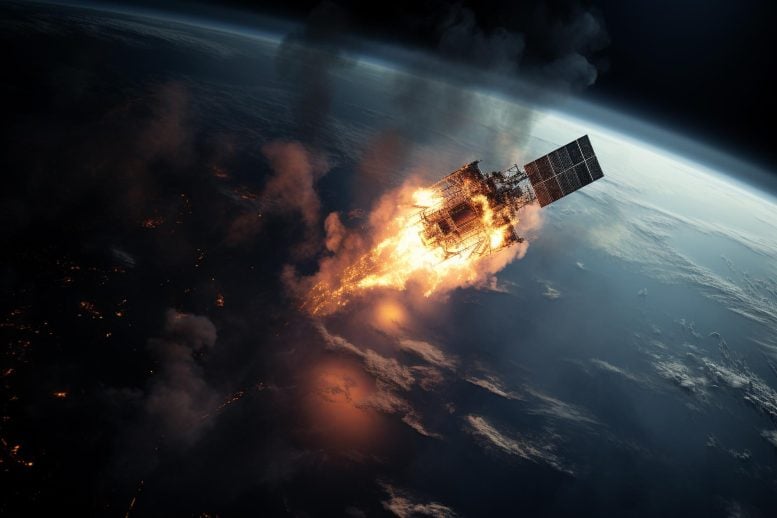
A new study reveals the escalating threat of “killer electrons” during geomagnetic storms, urging for fortified satellite infrastructure to mitigate potential space weather damages. This research serves as a benchmark for preparing and safeguarding the expanding space sector, which significantly influences a myriad of industries and global communications.
High-energy ‘relativistic’ electrons, often called “killer” electrons, are a major source of radiation damage to satellites so understanding their patterns of activity is crucial. Solar emissions of charged particles and magnetic fields can disrupt Earth’s magnetic shield, leading to geomagnetic disturbances. Amid such occurrences, the number of killer electrons in the external radiation belt can surge exponentially, posing a considerable space weather threat.
Dr. Nigel Meredith of BAS led an international team that analyzed 20 years of data from a U.S. GPS satellite to determine the 1 in 10, 1 in 50, and 1 in 100-year event levels. A 1 in 100-year event is an event of a size that will be equaled or exceeded on average once every 100 years.
Satellite operators, manufacturers, insurers, and governments need to prepare and mitigate against the risks posed by these electrons. Society is increasingly reliant on satellites for a variety of applications including communication, navigation, Earth observation, and defense. As of April 2022, there were 5,465 operational satellites in Earth orbit, and most are exposed to energetic electrons for at least some of their orbit. In 2021, the overall global space economy generated revenues of $386 billion, an increase of four percent compared to the previous year.
Dr. Nigel Meredith, space weather scientist and lead author of the study says: “The 1 in 100 year event levels reported in this study are important for industry and government. They serve as benchmarks against which to compare other extreme space weather events and to assess the potential impact of an extreme event.”
These findings are vitally important to the satellite industry as engineers and operators require realistic estimates of the largest electron fluxes encountered in GPS orbit to prepare for the impacts of these extreme events and to improve the resilience of future satellites. The findings are essential for satellite insurers to help them ensure satellite operators are doing all they can to reduce risk and to evaluate realistic disaster scenarios
The difference between the 1 in 10-year and 1 in 100-year event varies depending on the energy of the electrons and the distance from Earth. These differences are largest at the highest energies furthest from the planet, varying between a factor of 3 and 10 for some of the highest electron energies over 35,000 km from the Earth’s surface. Such substantial increases could pose a significant additional risk to satellites operating in this region.
Like weather on our planet, space weather can vary greatly over minutes, days, seasons, and the 11-year solar cycle. The researchers found that the majority of these killer electron events occurred during the solar cycle’s declining phases — seen twice during the 20-year period they studied — but the largest event was elsewhere, showing that extreme events can happen at any time.
Professor Richard Horne, FRS, from BAS and a co-author on the study, says: “The space sector is part of our Critical National Infrastructure. This research will help us assess the resilience of satellites to a severe space weather event.”
Severe space weather was added to the UK National Risk Register of Civil Emergencies in 2011. The impacts of space weather on satellites can range from momentary interruptions of service to total loss of capabilities. In 2003 a major storm caused 47 satellites to experience anomalies, over 10 to be out of action for more than a day and one was a complete loss.
Reference: “Extreme Relativistic Electron Fluxes in GPS Orbit: Analysis of NS41 BDD-IIR Data” by Nigel P. Meredith, Thomas E. Cayton, Michael D. Cayton and Richard B. Horne, 7 June 2023, Space Weather.
DOI: 10.1029/2023SW003436

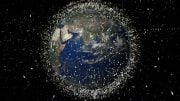
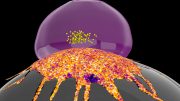
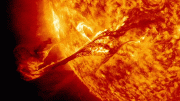
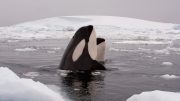

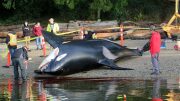
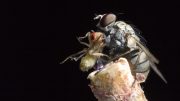
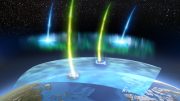
Be the first to comment on "Space’s Silent Threat: Scientists Shed New Light on “Killer Electrons”"